The first time I saw a complete Japanese Sumo match was on the TV at one of the train stations at a rural Hokkaido town on my last Japan trip. It lasted for about four seconds. Despite the gruesomeness, Sumo wrestling is utterly fascinating. A peek into the multi-layered Japanese culture. I truly hope I can watch a live show of Japanese Sumo wrestling during my next Japan trip.
Fascinating 29 Japanese Sumo Traditions
- A sumo wrestler is called a Rikishi.
- Every aspect of a Sumo wrestler’s life needs to follow strict rules.
- They start their career as early as after graduating from primary school.
- They have to dress up in a traditional way and lead a traditional lifestyle.
- Sumo wrestlers are required to grow their hair long and wear it on top of their heads in a top-knot.
- They also live a traditional lifestyle, including the requirement to wear only a yukata or kimono in public.
- They live in a stable together with other Rikishi, where they spend the day training, eating, and sleeping.
- Their traditional meal is called Chankonabe; it’s a high protein stew eaten in a huge quantity as part of a weight gain diet.
- Some wrestlers have superstitions about what kind of meat to eat. Fish and cows can be considered bad luck because, unlike chickens, they don’t stand on two feet as a good sumo wrestler should. That’s why at many sumo tournaments, chicken is the only choice of meat when it comes to chankonabe.
- Every day the wrestlers have to eat, eat, and eat to the point of nausea.
- After their meal, they are required to take a long nap before waking up during dinner time too, what else? Eat again.
- It’s normal for a sumo wrestler to weigh twice as much as his opponent.
- The highest rank attainable in the sumo world is Yokozuna.
- It has been held by non-Japanese wrestlers for a decade.
- Younger wrestlers are traditionally required to cleanse and bathe their seniors.
- You can visit some sumo stables if you are interested, but usually, you have to take part in a tour and pay a certain fee.
- Players fight in the arena almost naked.
- Sumo wrestlers have ring names (shikona). So even though the wrestler is a white guy who looks like a Tim or a George, he still would be called something Japanese like Takanayoma.
- Sumo wrestling derives from the ceremonies of agrarian -originally it was associated with rites in honour of the deities to ensure an abundant harvest.
- During 10 second duels, wrestlers can change fight tactics 3 times.
- Players can not show emotions, and they cannot respond to pain as this may be a cause for disqualification.
- My favourite sumo wrestler is Kotoōshū Katsunori. He is retired now.
- I am a little embarrassed to admit liking him mainly because of his forever calm facial expressions and his festive looking mawashi, not because of his performance, because for me the show is to be enjoyed within five seconds or so, without choosing sides.
- Only higher-ranking wrestlers can wear a silk mawashi (the belt look-alike cloth) and it’s usually 7 meters long; that’s longer than a saree, people. Also, if during the match it becomes undone, he loses.
- A foreign sumo wrestler must speak Japanese and be familiar with the culture of Japan.
- Before their match, each sumo wrestler purifies the ring from evil by throwing salt (check out salts on the air in the Kotoōshū Katsunori picture above). At first, I thought they were throwing paddy rice, and later for some reason, I thought it was baby powder.
- And they also perform a ritualistic dance to scare demons away.
- Sumo referees carry knives with the intent to commit seppuku (ritual suicide) if they make a mistake.
- To show the contrast between themselves and the hulking wrestlers, Sumo referees tend to be small.
- The wrestling match usually lasts for about a few seconds.
- Sumo tickets go on sale a month before the start of each tournament in case you are also interested.
- And if you attend a sumo watch and are unhappy about the match, you can throw your cushions to show your disappointment.
- Speaking of which, usually sumo match spectators are older generations. As a fan, I am not too happy about this fact.
- Sumo wrestlers are banned from driving cars.
- There is an annual festival held for sumo wrestlers to compete and make babies cry as it’s considered good luck.
- Sumo is still considered a male-only sport. Personally, I prefer it that way.
- There was a sumo wrestler who resigned and ended up in the WWF.
- The wrestlers are given iPads instead of smartphones because they’re too small for them to use.
- Only very few Japanese young people are interested in this sport. What! Why?
- I am planning to watch it live during our Japan this year.
- Hopefully, this list awakens your curiosity about the national sport of Japan. What do you think, would you watch a match?
These facts were collected from various sources both on and offline. I hope it’s accurate and doesn’t offend anyone. You are more than welcome to correct or add to it in the comment section.
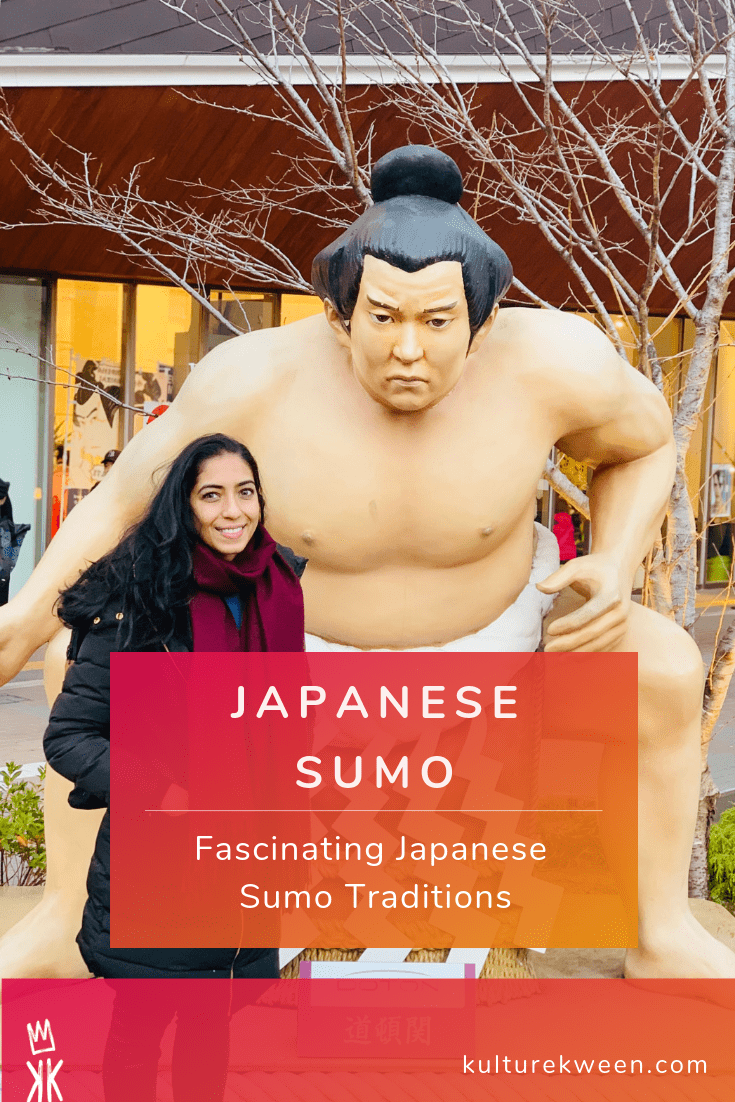
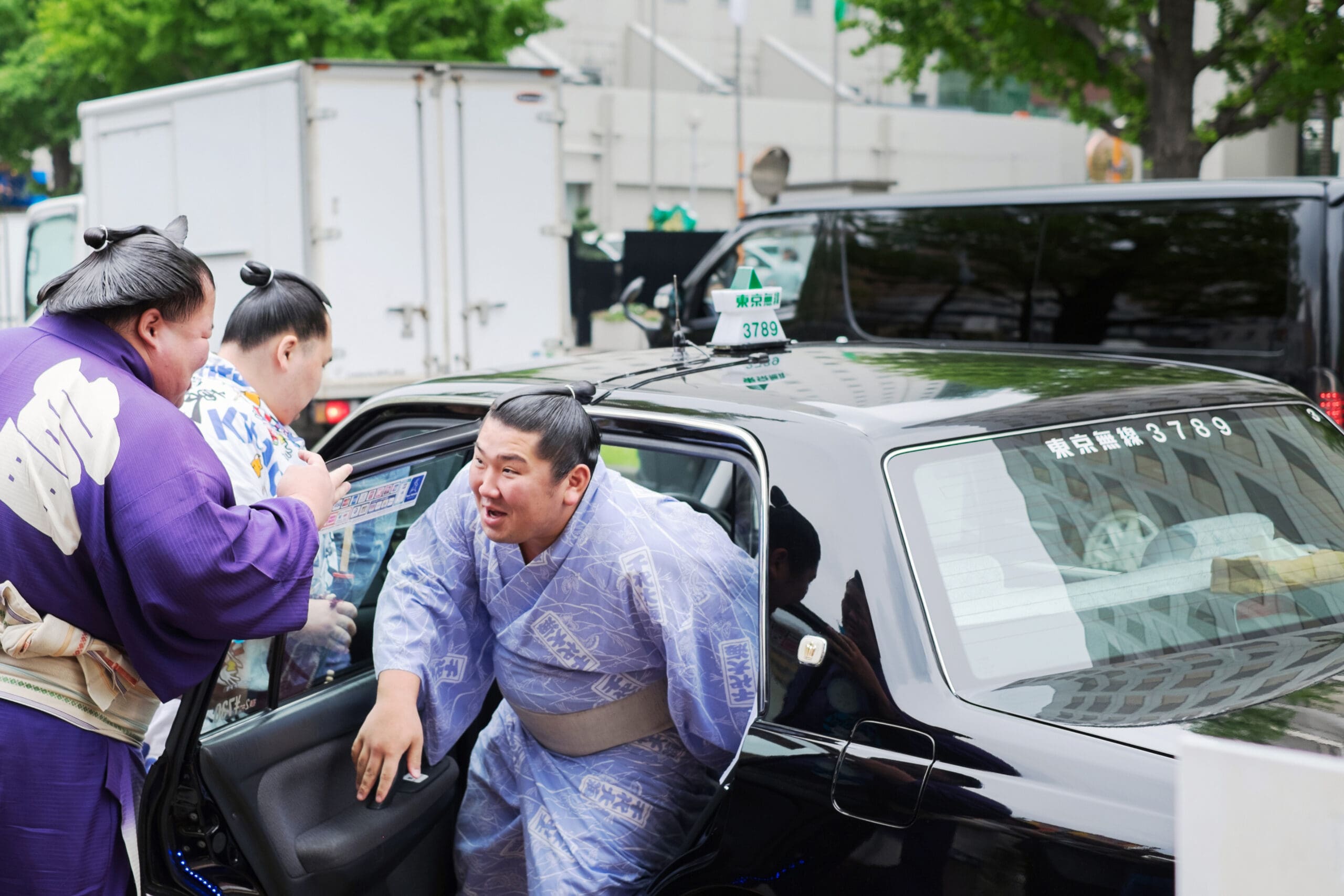
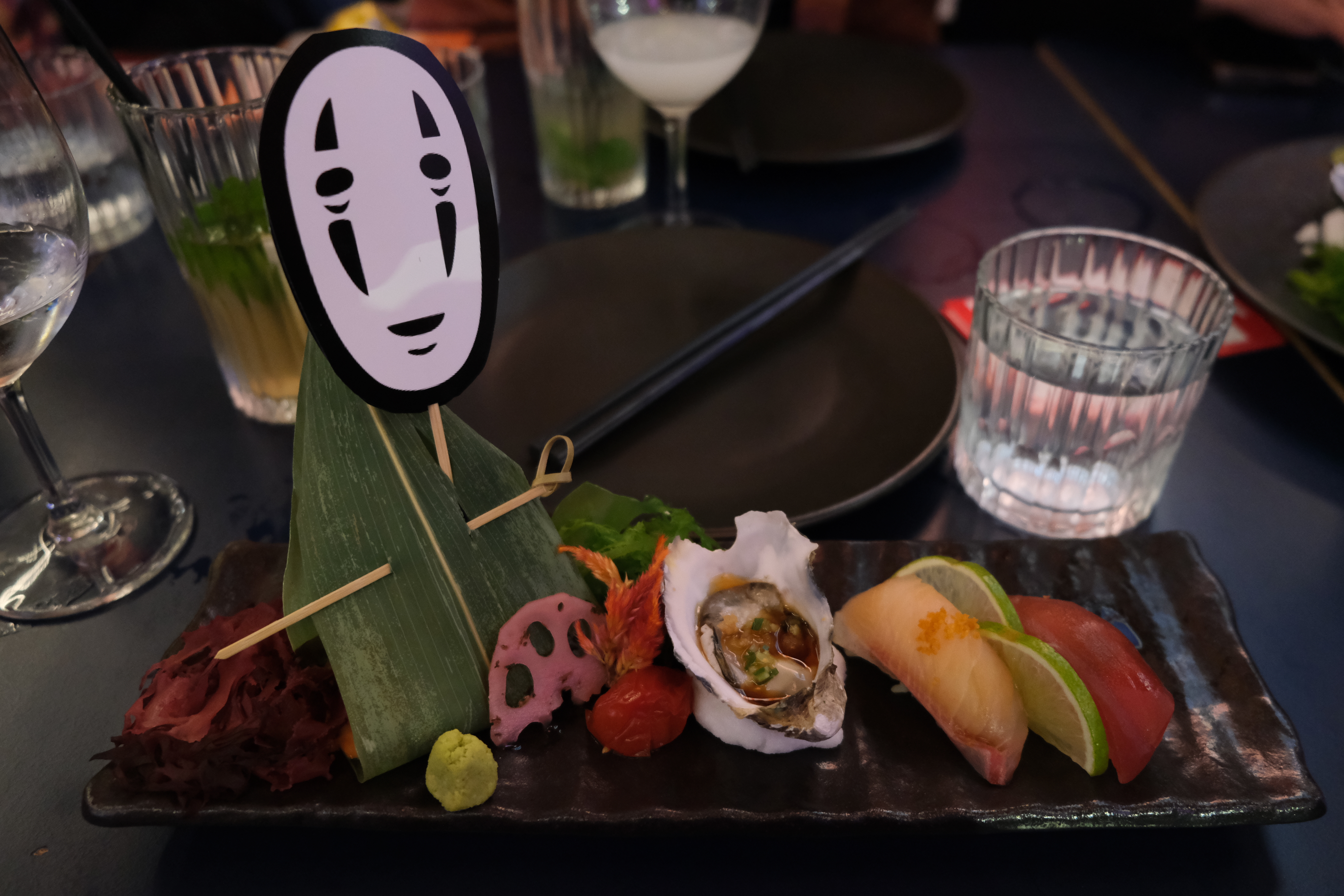
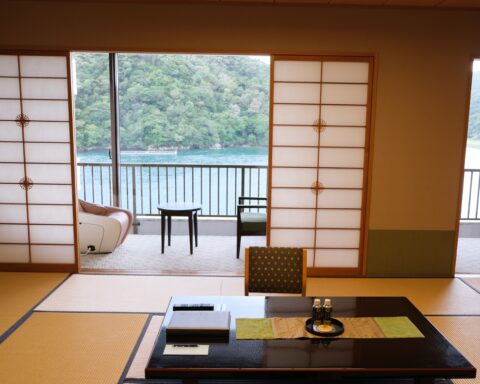

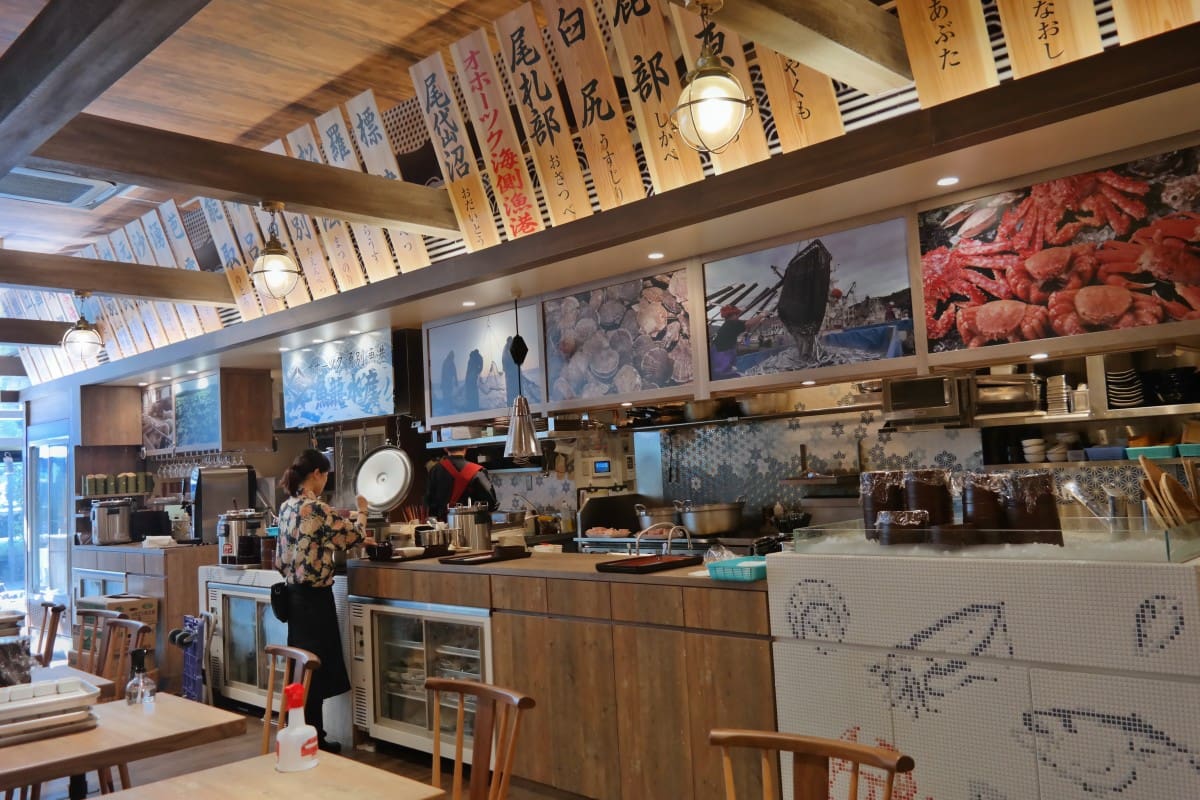
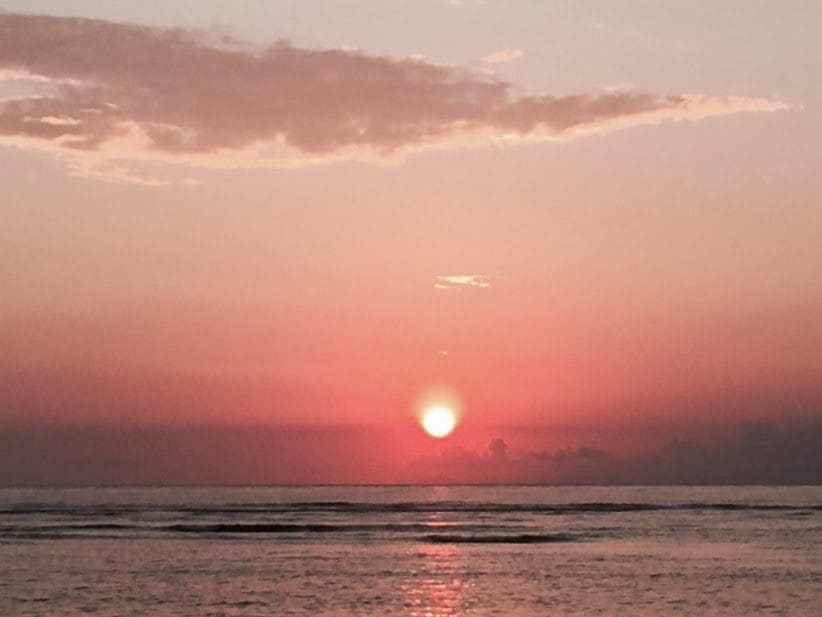
Spot on with this write-up, I absolutely think this web site needs
far more attention. I’ll probably be returning to read through
more, thanks for the information!
[…] a sumo wrestling […]
[…] 29 Japanese Sumo Traditions You Will Find Fascinating […]
[…] 29 Japanese Sumo Traditions You Will Find Fascinating […]